The 20th century in Berkeley started with rapid growth, but the development stopped with the Great San Francisco earthquake of 1906. Thousands of refugees crossed the Bay due to the storm, which did not cause severe damage to the East Bay. Many of San Francisco’s painters and sculptors were among them, and they established one of the largest art colonies west of Chicago between 1907 and 1911. Berkeley’s first hospitals were built in 1904: the Alta Bates Sanatorium for women and children, established by nurse Alta Bates on Walnut Street, and the Roosevelt (later Herrick) Hospital, located at the corner of Dwight Way and Milvia Street.
Californians defeated a statewide referendum in 1908 that proposed moving the state capital to Berkeley by about 33,000 votes. California counties got their streets around the proposed capital. The failed referendum has left these names behind. California granted Berkeley’s citizens a new charter, and the Town became the City of Berkeley.
The growth continued up until 1929 when the Crash hit the economy. It was a hard time for Berkeley, but not as bad as in many other places in the nation. As World War II approached, many people moved to the Bay Area to find work in the many war industries, such as the Richmond Kaiser Shipyards. Professor and Berkeley resident J Robert Oppenheimer, who moved out, played a significant role in the outcome of the War. Berkeley served as a temporary Army base, Camp Ashby.
Below are some stunning historical photos showing what Berkley looked like from the 1900s to the 1930s.


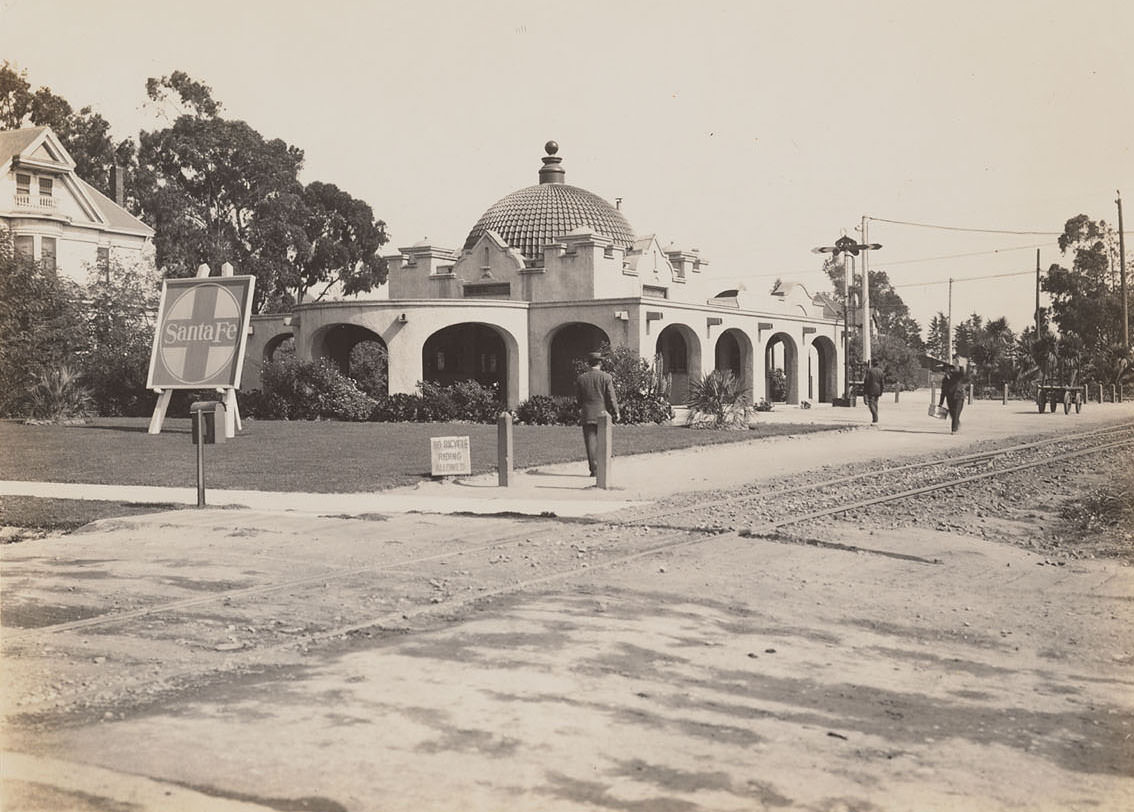




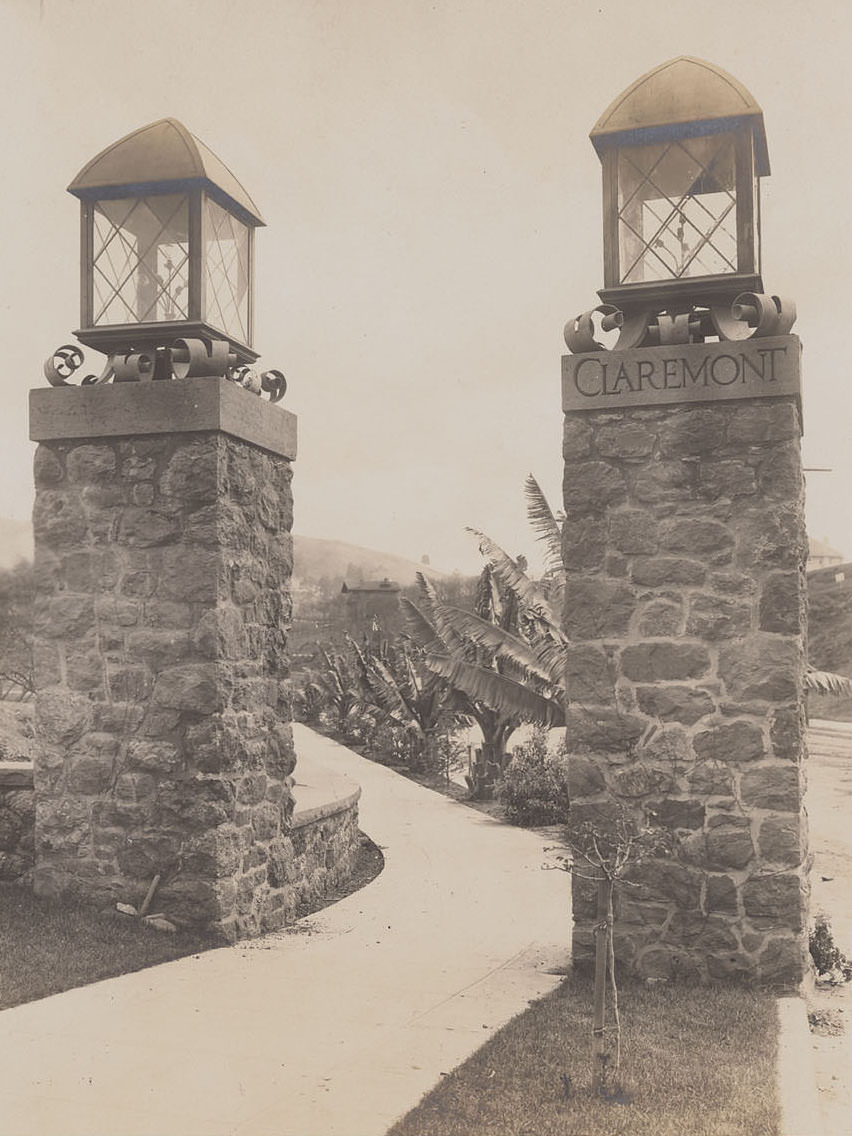










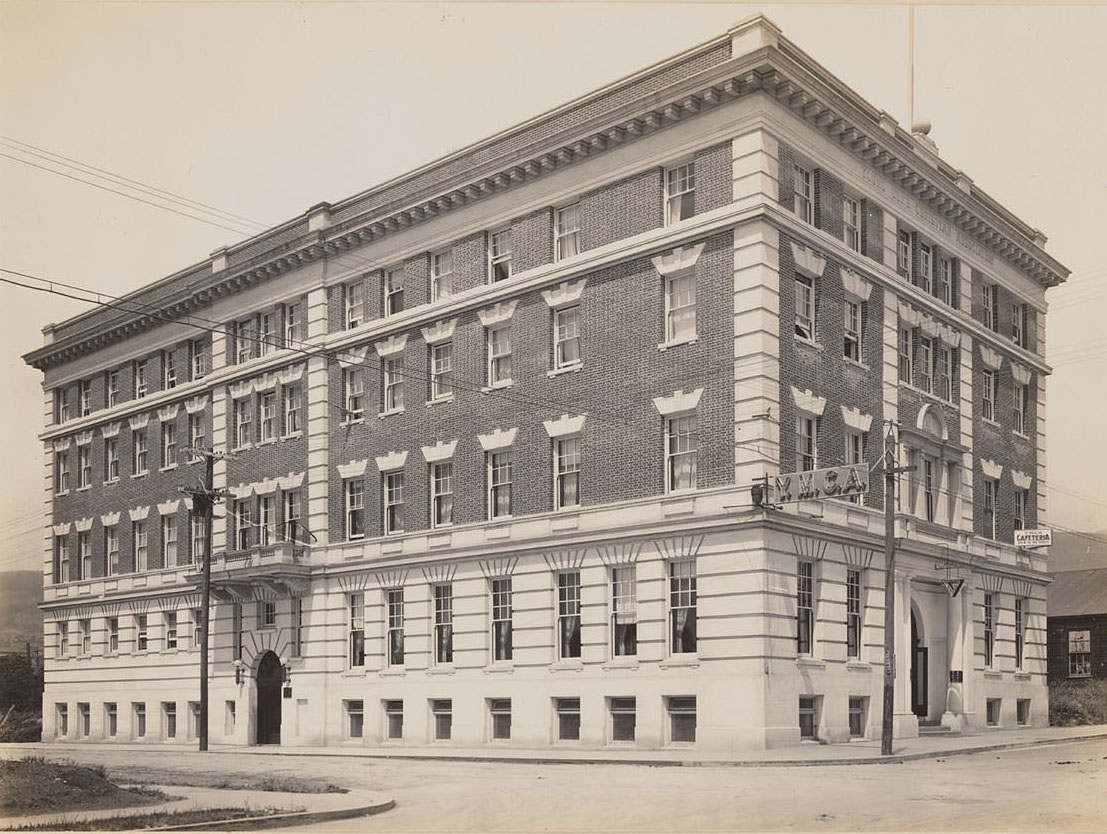

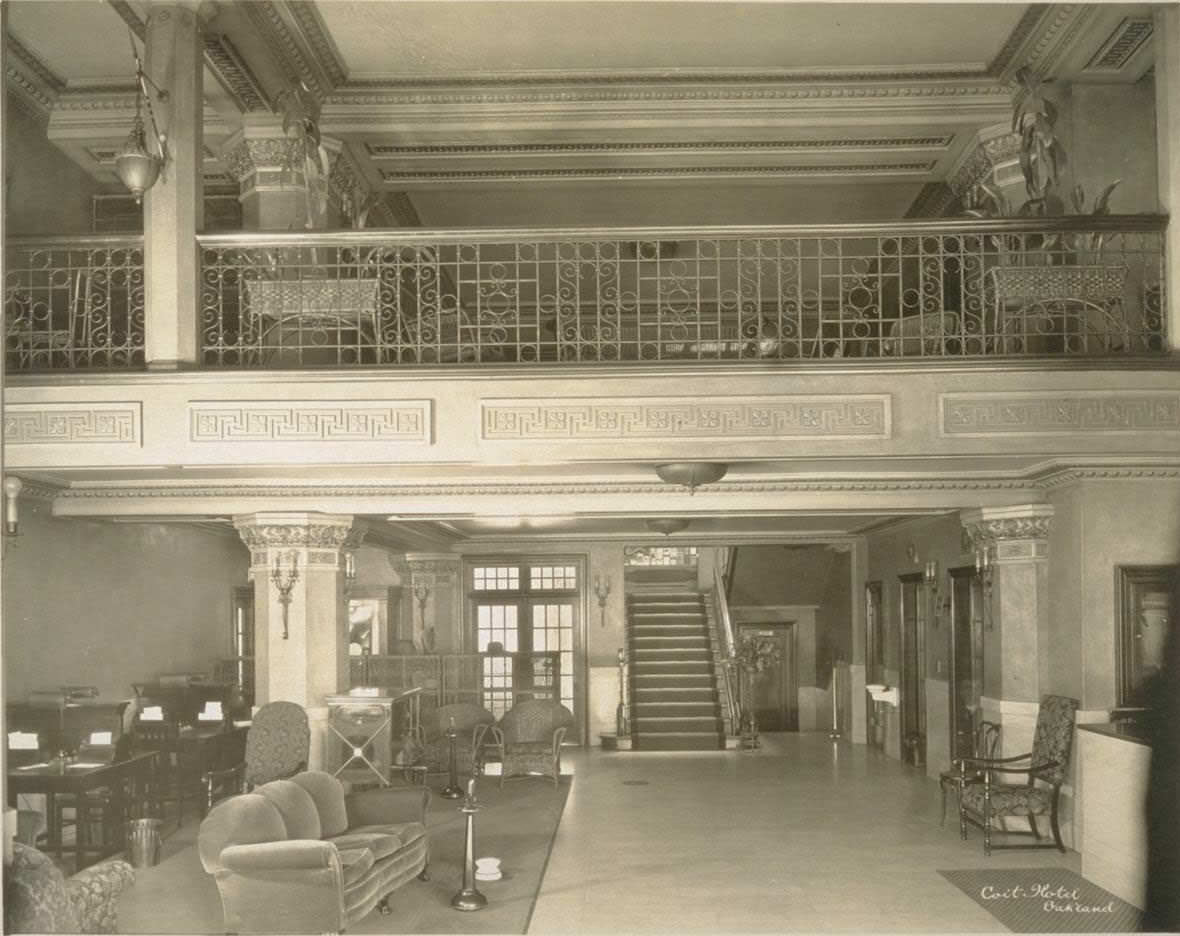












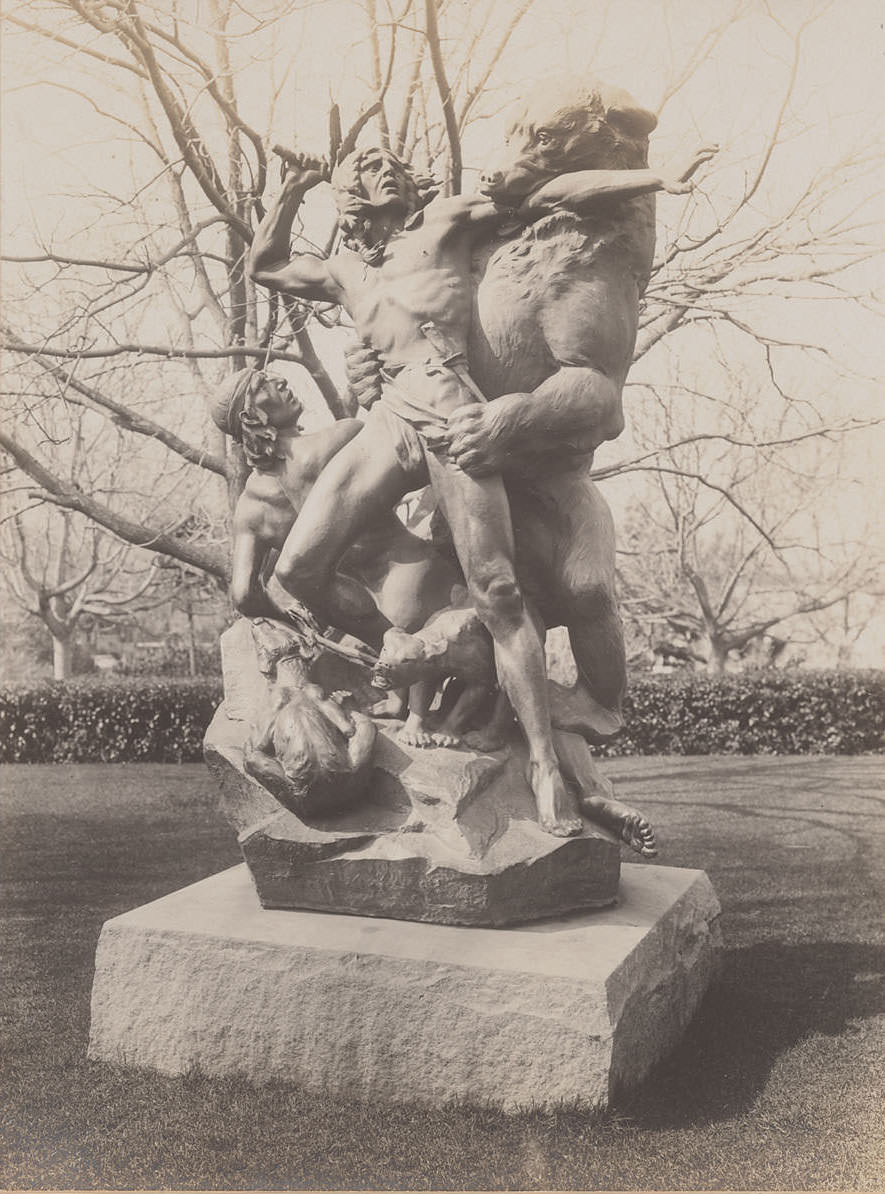








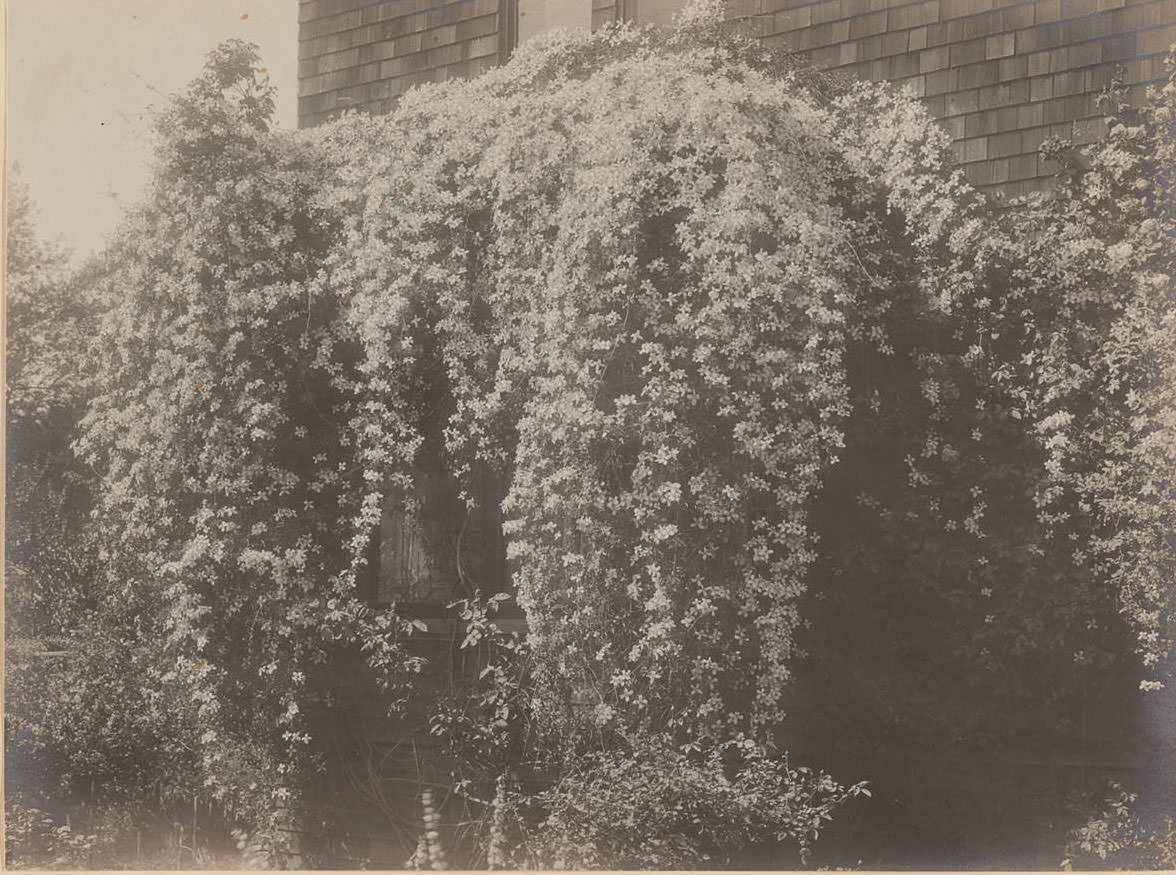
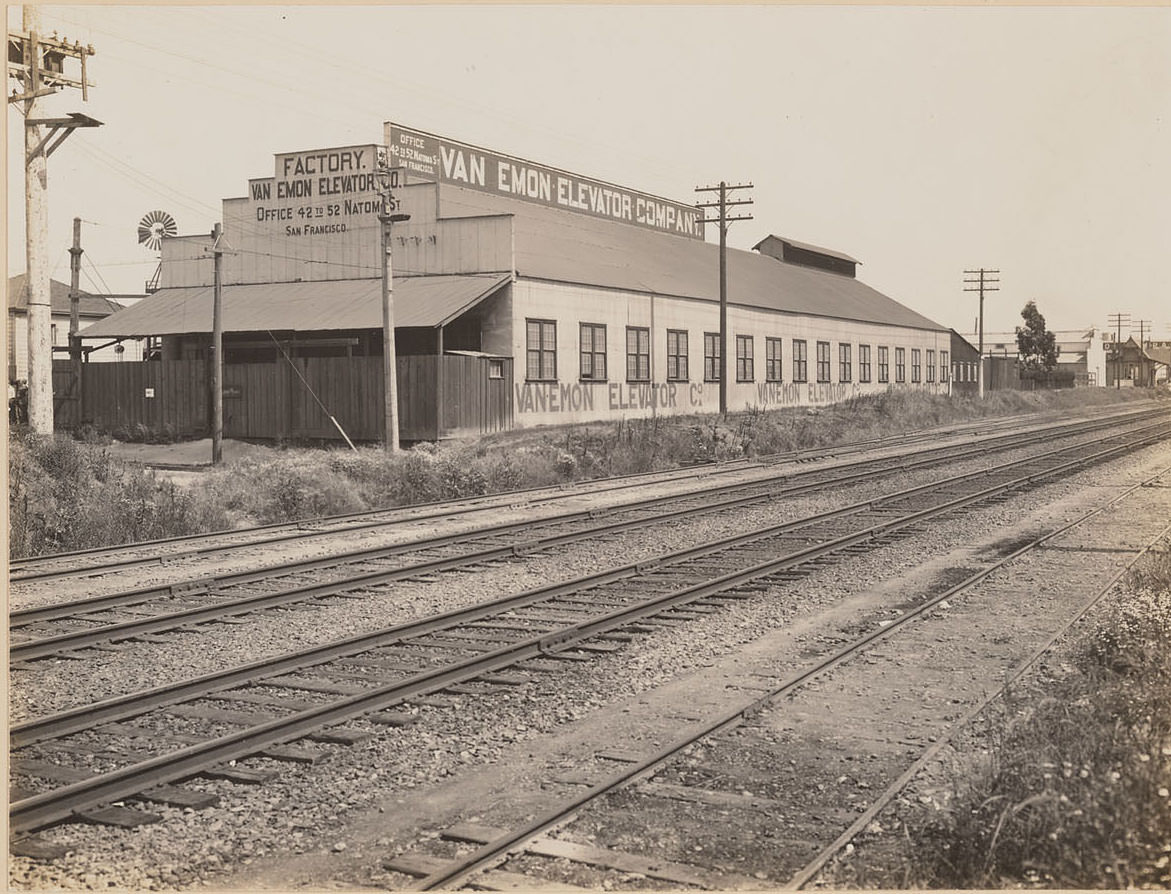








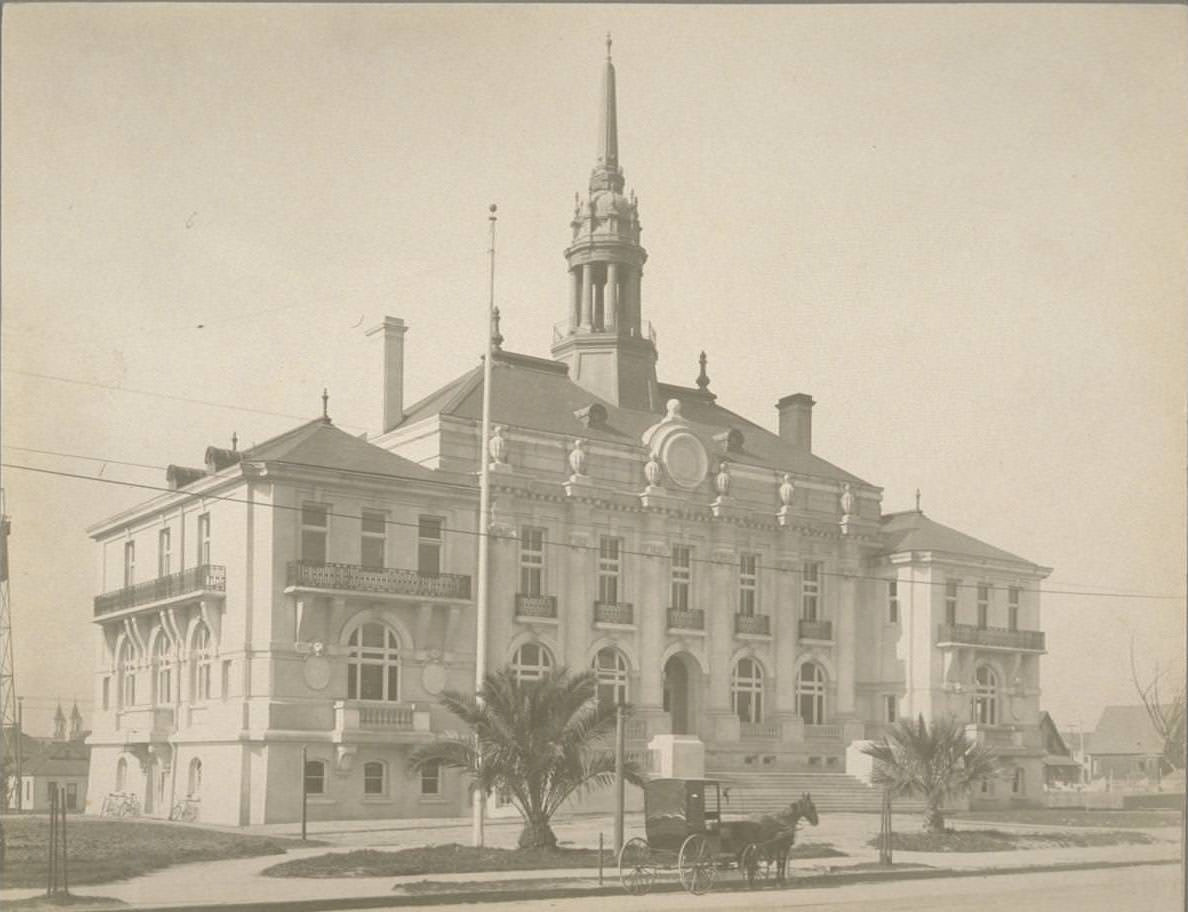





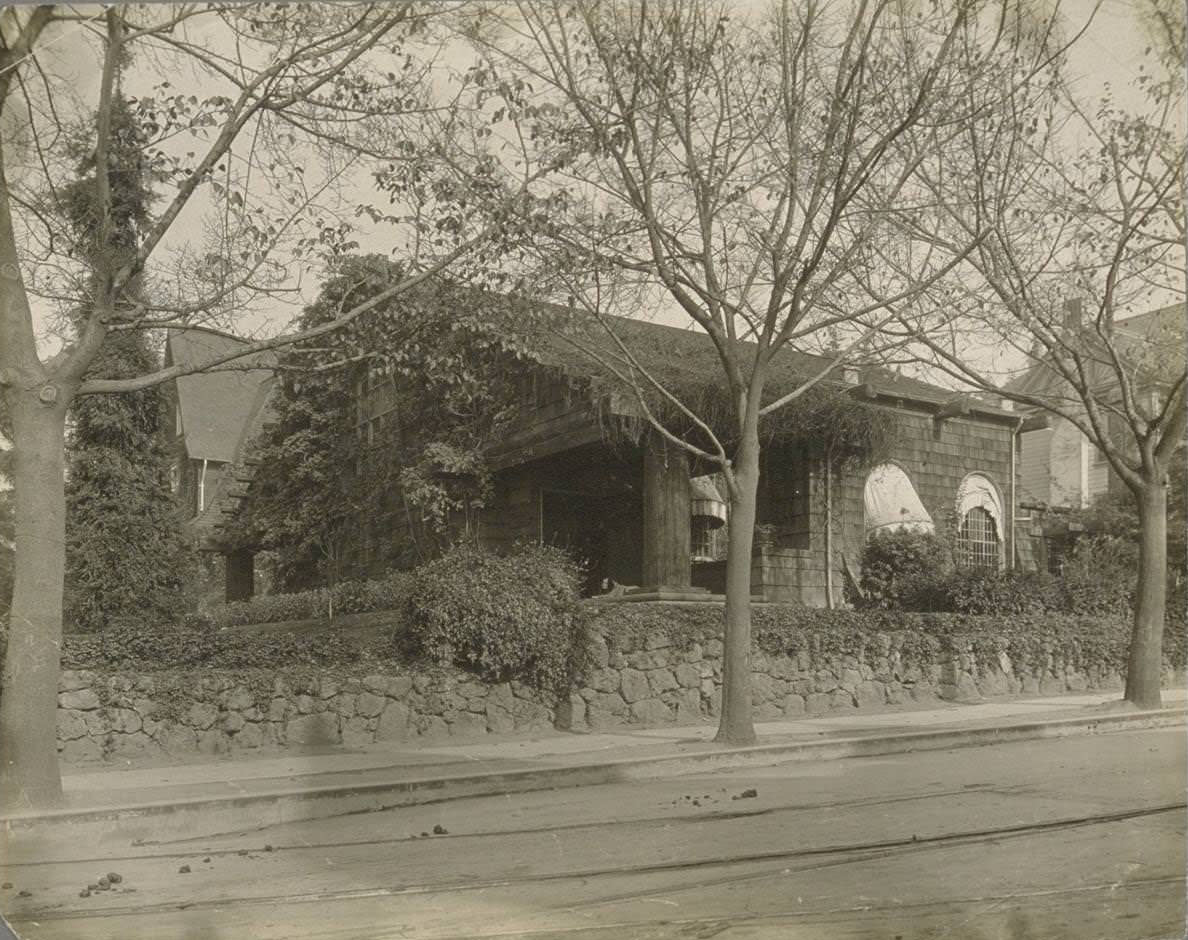








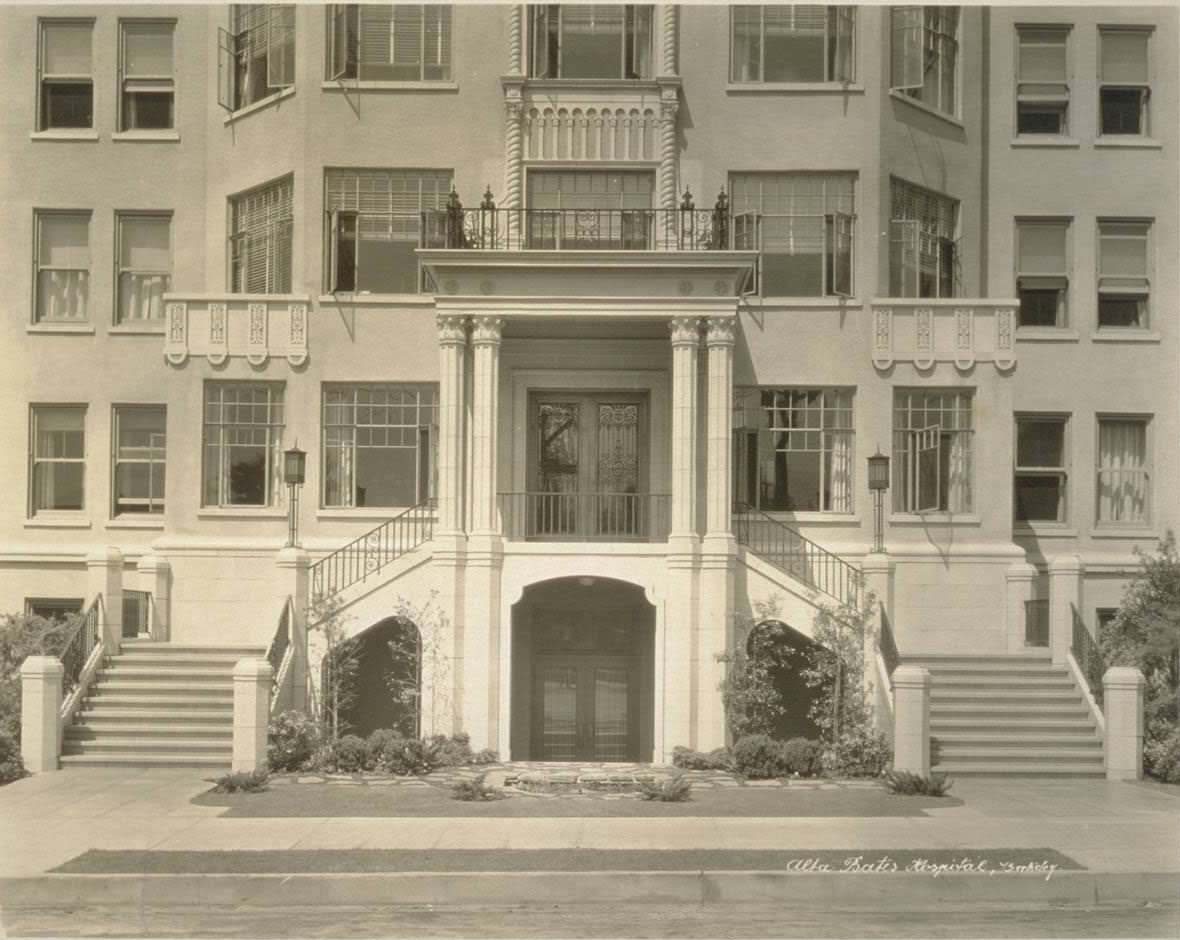


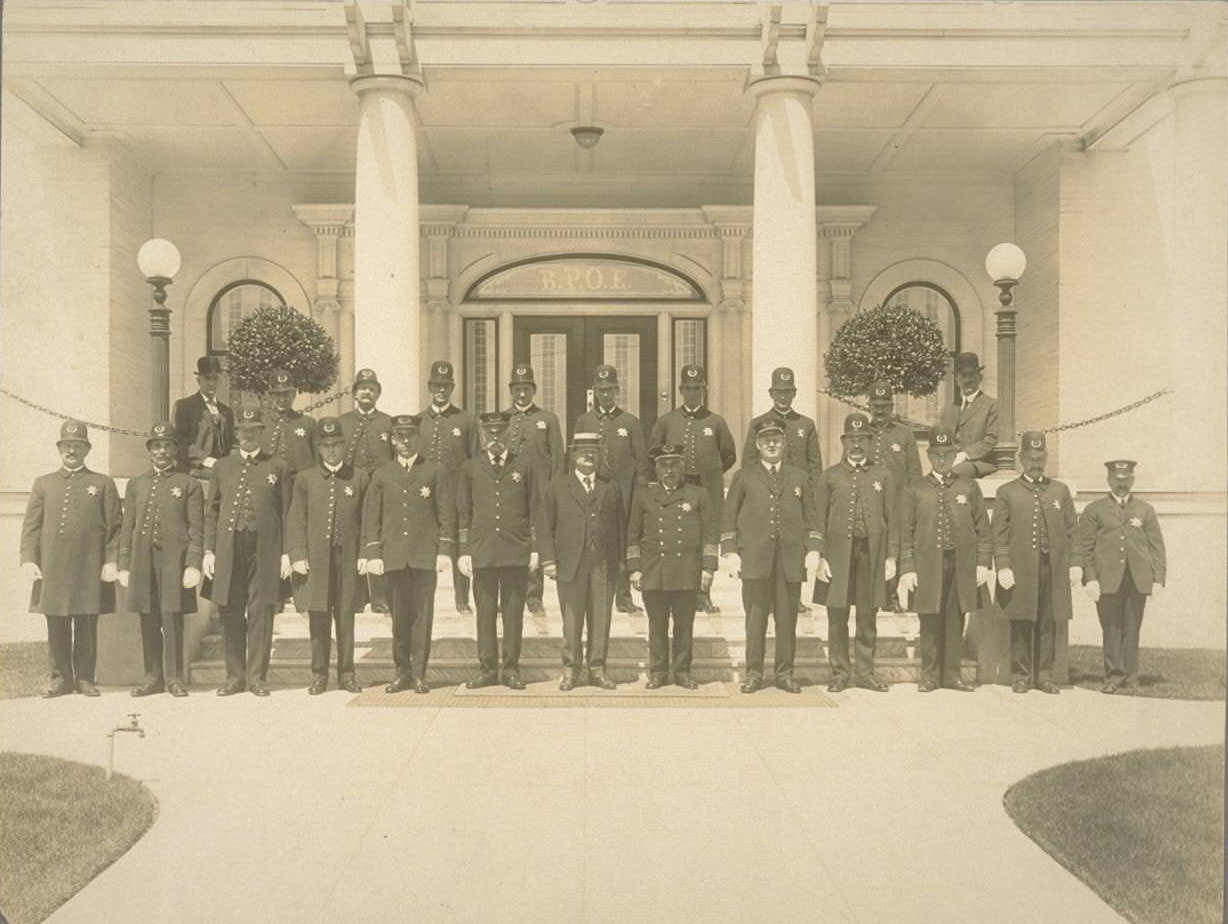

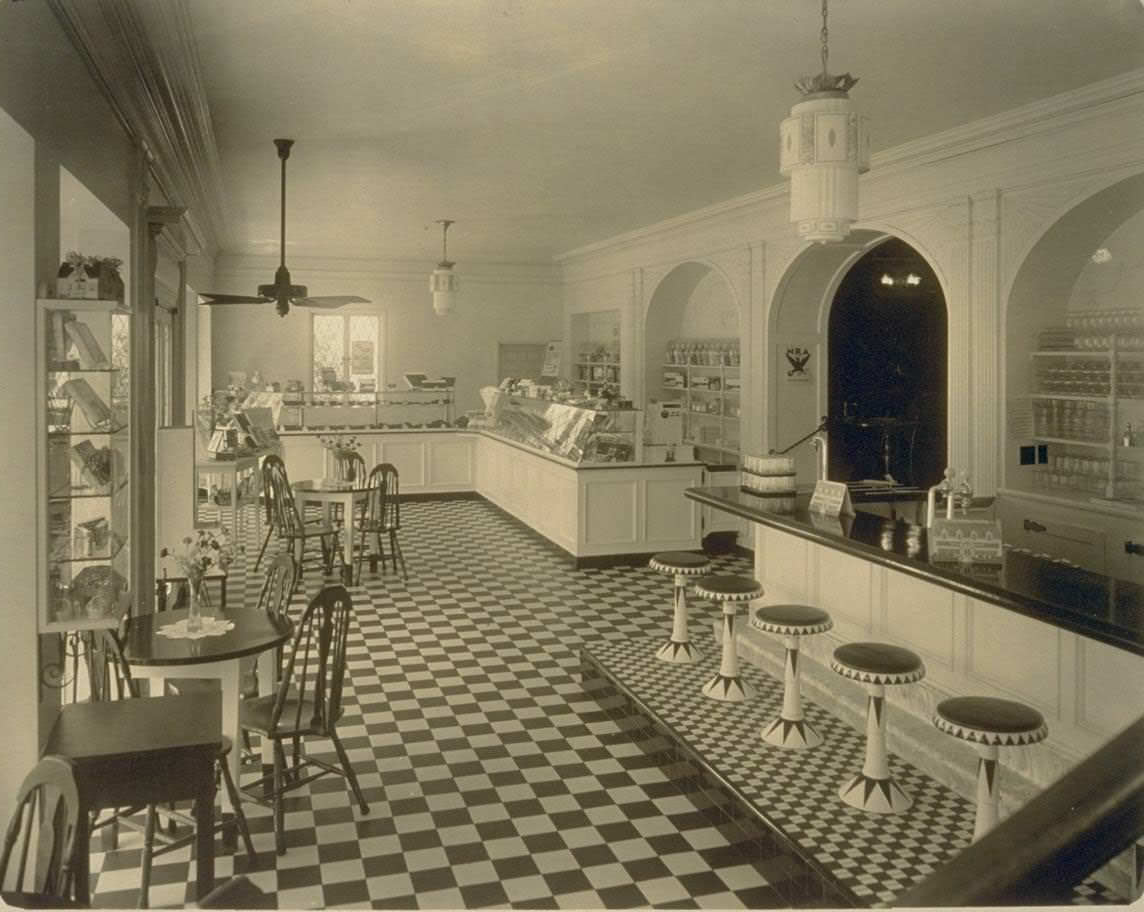

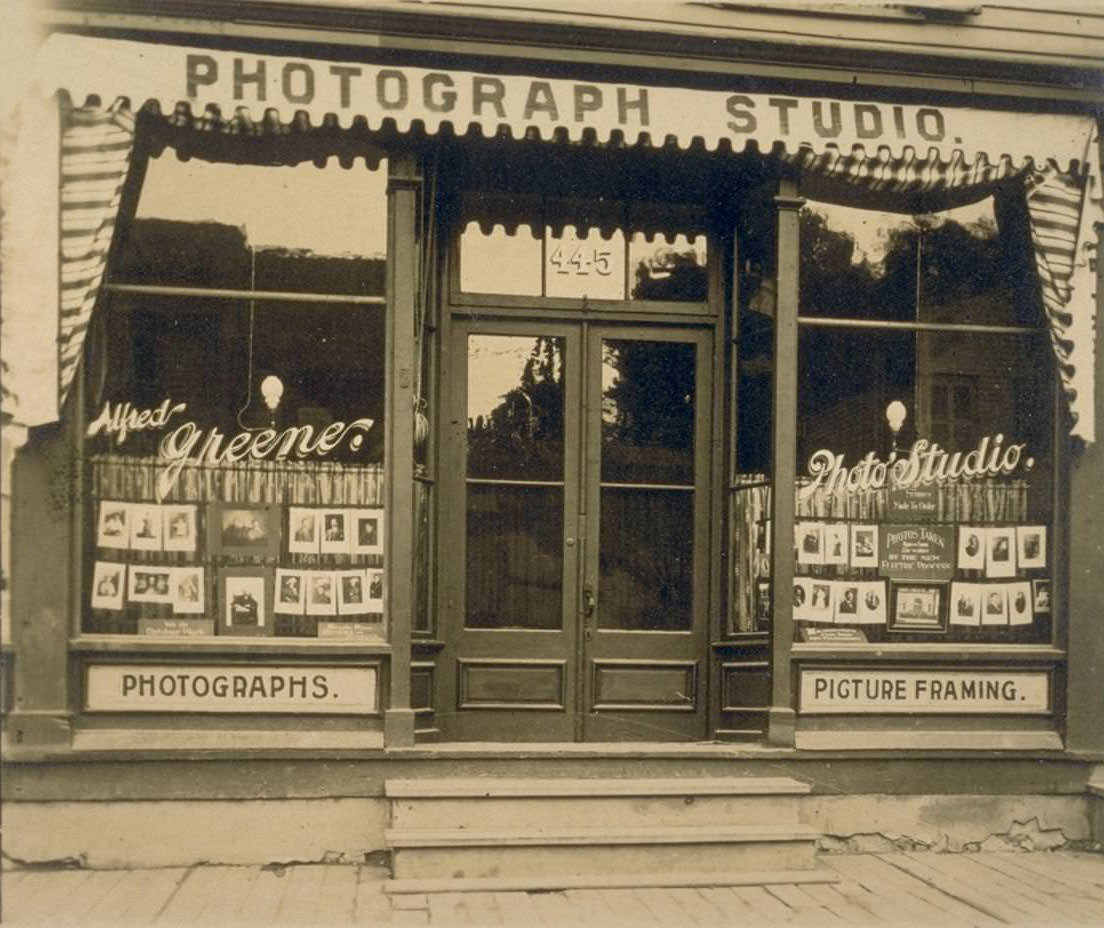











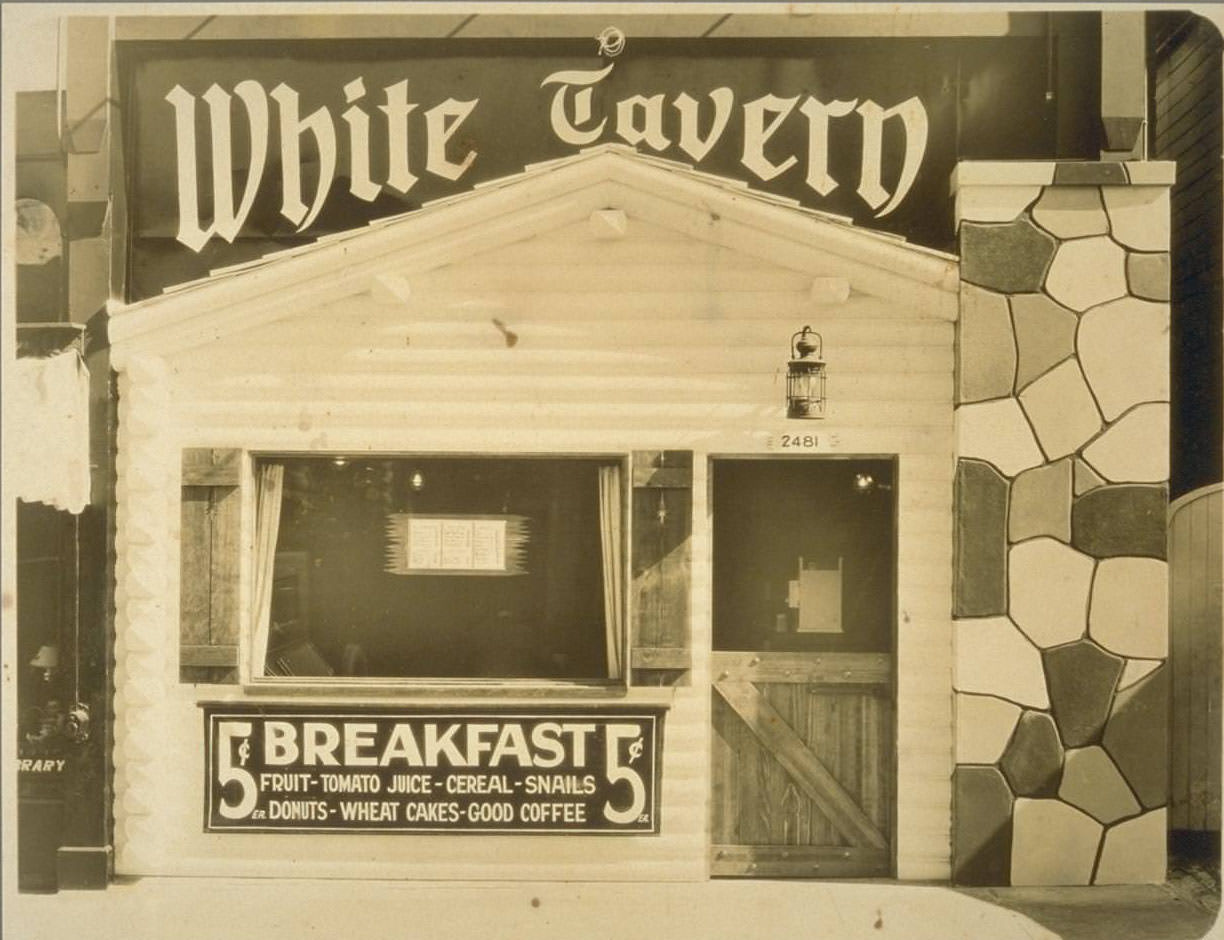



It never occurred to me how old these building were.
Berkeley used to be among the top cities in the world, on par with Zurich, Geneva, and Vienna.
Buildings in the 1900s had a certain charm that seems lacking in contemporary architecture. It’s frustrating that so many modern buildings are cheap and unappealing in appearance.
So that’s what Berkeley without homelessness looks like.
#53 Lurie building, north side of 12th Street between Broadway and Franklin Streets, 1940s:
This looks like the first or second block of San Pablo, now the Rotunda, not 12th street.